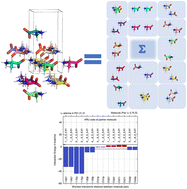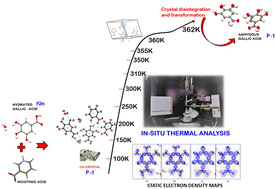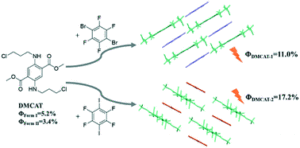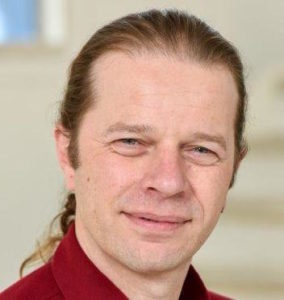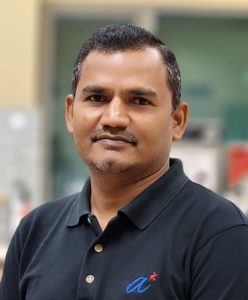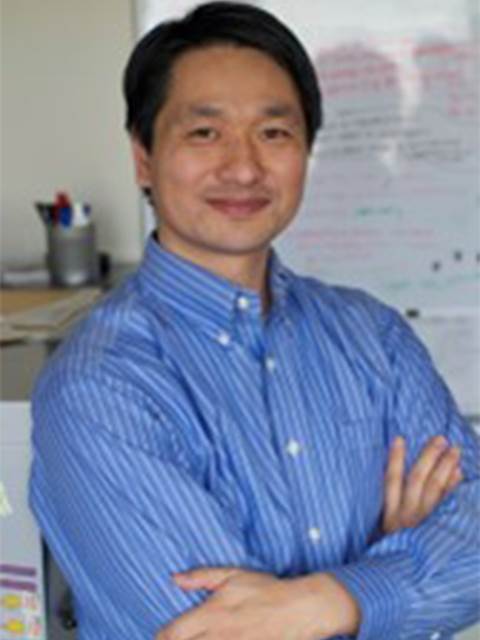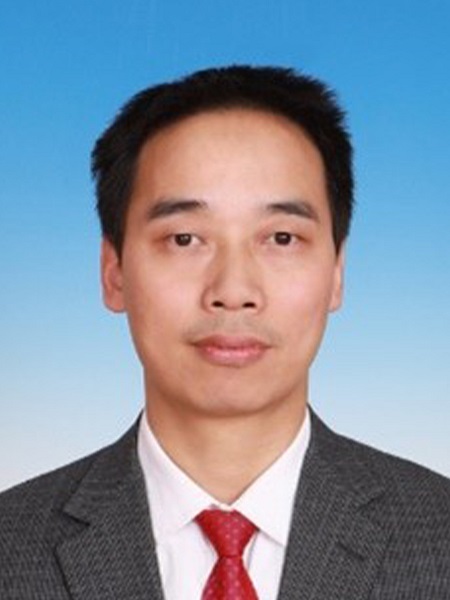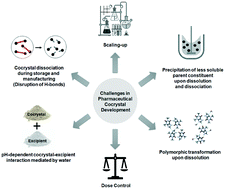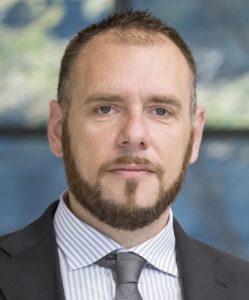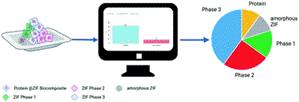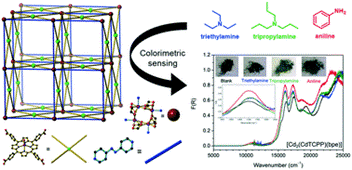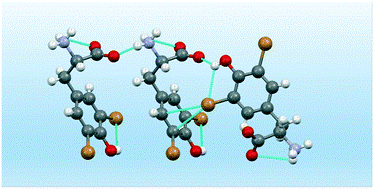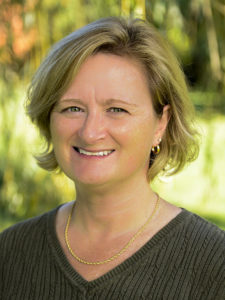We are delighted to share with you our latest themed collection: A celebration of 25 volumes of CrystEngComm.
The publication of the 25th volume of CrystEngComm in 2023 is another milestone for the journal. From the launch of CrystEngComm in 1999 as one of the first peer reviewed online-only chemistry journals, it has moved with increasing submissions, from being a journal with no issues, to monthly, then bimonthly and finally weekly publication, publishing almost 15000 articles in 25 years, featuring authors from 105 countries across six continents. CrystEngComm truly is an international journal with an international readership, authorship and Editorial Board.
To mark this exciting milestone for the journal we have put together this collection of articles and highlights, representing some of the most highly-cited work across the areas of research published in CrystEngComm over the years.
Browse some of the articles in the collection below:
| Formation of amorphous calcium carbonate and its transformation into mesostructured calcite
Carlos Rodriguez-Navarro, Krzysztof Kudłacz, Özlem Cizer and Encarnacion Ruiz-Agudo CrystEngComm, 2015,17, 58-72 |
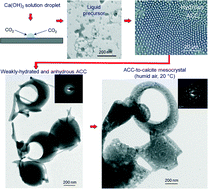 |
| B3LYP augmented with an empirical dispersion term (B3LYP-D*) as applied to molecular crystals
Bartolomeo Civalleri, Claudio M. Zicovich-Wilson, Loredana Valenzano and Piero Ugliengo CrystEngComm, 2008,10, 405-410 |
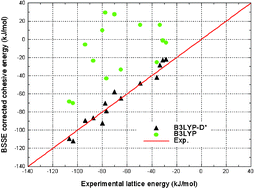 |
| Tuning the crystal morphology and size of zeolitic imidazolate framework-8 in aqueous solution by surfactants
Yichang Pan, Dodi Heryadi, Feng Zhou, Lan Zhao, Gabriella Lestari, Haibin Su and Zhiping Lai CrystEngComm, 2011,13, 6937-6940 |
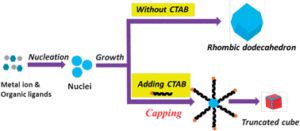 |
| Bulk crystal growth of hybrid perovskite material CH3NH3PbI3
Yangyang Dang, Yang Liu, Youxuan Sun, Dongsheng Yuan, Xiaolong Liu, Weiqun Lu, Guangfeng Liu, Haibing Xia and Xutang Tao CrystEngComm, 2015,17, 665-670 |
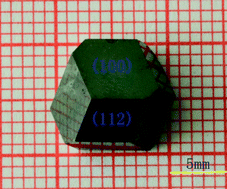 |
| Acid–base crystalline complexes and the pKa rule
Aurora J. Cruz-Cabeza CrystEngComm, 2012,14, 6362-6365 |
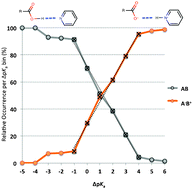 |
| Fingerprinting intermolecular interactions in molecular crystals
Mark A. Spackman and Joshua J. McKinnon CrystEngComm, 2002,4, 378-392 |
 |
| Formation of high crystalline ZIF-8 in an aqueous solution
Koji Kida, Muneyuki Okita, Kosuke Fujita, Shunsuke Tanaka and Yoshikazu Miyake CrystEngComm, 2013,15, 1794-1801 |
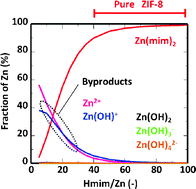 |
| Static and lattice vibrational energy differences between polymorphs
CrystEngComm, 2015,17, 5154-5165 |
 |
| Recent advances in crystal engineering
Christer B. Aakeröy, Neil R. Champness and Christoph Janiak CrystEngComm, 2010,12, 22-43 |
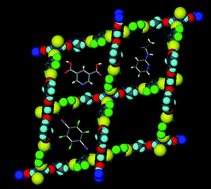 |
The Editorial team hope you enjoy reading these articles, and thank you for helping shape CrystEngComm into the successful resource for the community that it continues to be today!













